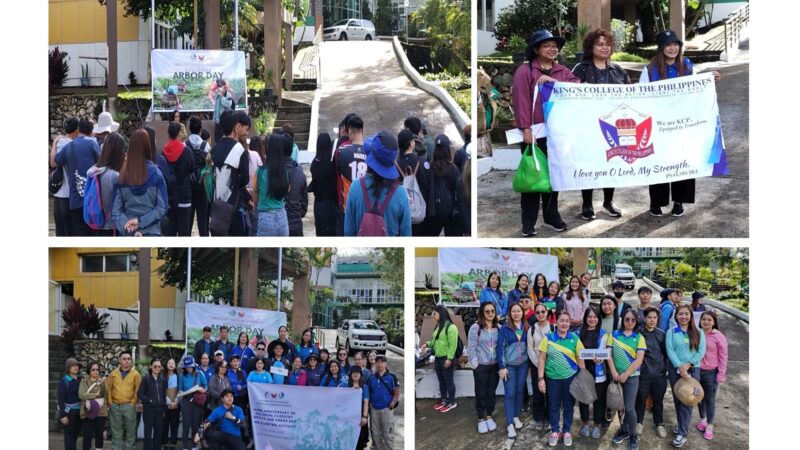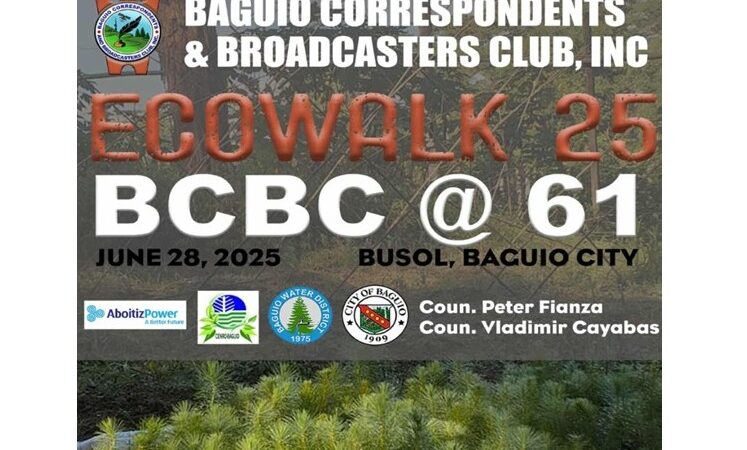Mayor updated on 3-year study of pine tree bark beetle in Baguio parks

The results of a three-year study, which started August 2020, on the pine tree bark beetle (Ips calligraphus) in Baguio parks, is expected to be out by the end of July.
This is the content of a letter from the Department of Environment and Natural Resources (DENR) Ecosystems Research and Development Bureau Watershed and Water Resources Research Development and Extension Center (ERDB-WWRRDEC) head Helen Maddumba to Mayor Benjamin Magalong.
The study entitled “GIS forecasting model for early detection of Potential Bark Beetle Outbreak in Disturbed and Undisturbed Pine Forests in Baguio,” is a collaboration between the ERDB-WWRRDEC and the local government unit of Baguio through the City Environment and Parks Management Office (CEPMO), the Camp John Hay Golf Club (CJHGC) and the Benguet State University (BSU); through a Memorandum of Understanding (MOU) signed in August 2021.
According to Maddumba, the study’s focus is on mitigating the impact of the pine tree bark beetle on the Benguet Pine (Pinus kesiya sp) in project sites within disturbed and undisturbed parks in Baguio; the botanical garden, Panagbenga Park, and at Camp John Hay, through the early warning/forecast system.
Earlier studies show that high population outbreaks of the Bark beetle cause significant damage in pine stands in a short period of time. Thus, monitoring and formulation of actions to mitigate population should be done to reduce impact on said plant species, Maddumba said.
However, not only bark beetles but other factors including biological, anthropogenic, rapid urbanization and climate change threaten the survival of the iconic Benguet pine tree.
The Benguet pine tree has always been identified with Baguio landscapes, scenes and weather, as with soil and water conservation; thus studies are needed to preserve the said species.
For the details of the study, Maddumba said monitoring stations, installation of lure-bait trap devices, monthly monitoring, data-gathering, specimen collection and assessment of life cycle were done. Sixty (60) lure-baits and improvised traps were then established, with multi-funnel traps and bark beetle pheromones left within the project area.
The parks were monitored and it was recorded that more insects than Ips calligraphus frequent said areas, with the months of February to April having the highest number of Ips around.
The completion report shall be given by the end of July by Rhandy Tubal and Estrella Patrimonio; chief of RDU and study leader of the ERDB-WWRRDEC, respectively; Maddumba ended. The reports however shall commence more action or other studies on the Ips calligraphus and other insects, or factors focused on the survival of the Benguet Pine.
Studies on damaged Benguet pine trees started when needle discoloration was observed up to withering, traced to bark beetles consuming the tree phloem. Phloem cells facilitate water and nutrients up the tree parts, and down the roots for continued growth and development, thus destruction of said plant cells would result in tree decay and eventually death. – JGFianza






